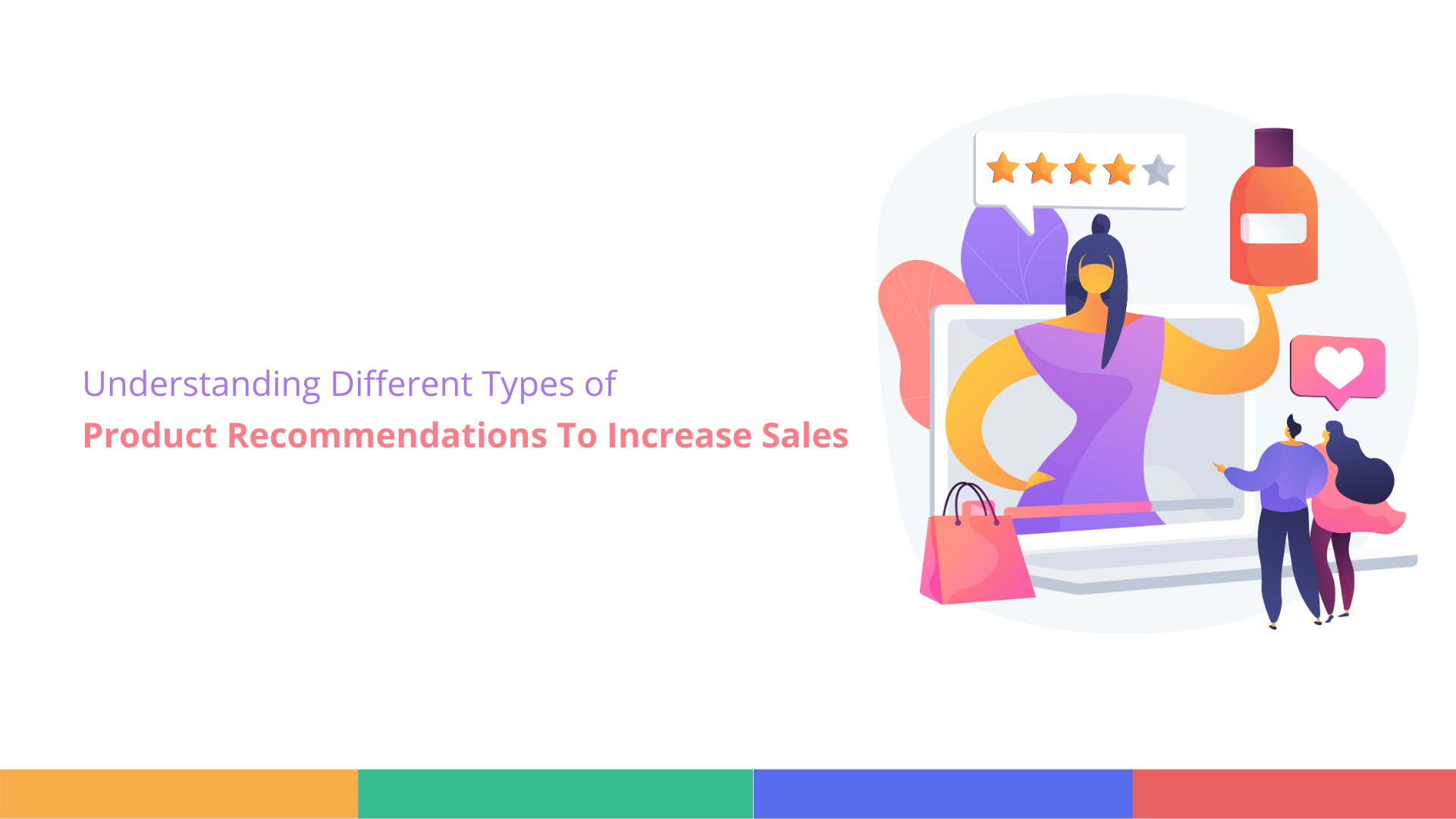Now, we’re diving deep into the world of product recommendations. As we’ve discussed before, these digital suggestions are the backbone of personalized shopping experiences. They’re not just about boosting sales; they’re about creating a tailored journey for each customer.
Let’s explore the various types of product recommendations you can implement in your e-commerce store.
First up, we have personalized recommendations that are based on the customer’s individual browsing and purchase history. To implement this effectively, you’ll need robust data collection and analysis tools. These recommendations enhance the shopping experience by helping customers discover products they are likely to be interested in, increasing sales and customer satisfaction.
While personalized recommendations focus on individual preferences, another powerful strategy is to consider product relationships. This approach leads us to our next type of recommendation known as complementary product recommendations.
Complementary products are those that fulfill a joint demand when purchased together. For instance, chips and salsa or a camera and a lens are examples of complementary items.
That’s where cross-selling comes into play. For complementary product recommendations and upselling, you might want to consider a tool like Nosto. If you’re not aware of cross-selling and upselling, visit this article to gain an idea about it before moving further.
Importance of Upselling and Cross-Selling in Ecommerce Success (salesoperator.net)
The idea behind cross-selling is to suggest items that go well with what the customer is currently viewing or has already purchased. It’s like a waiter suggesting a perfect wine pairing for your meal. To implement this effectively, you need to deeply understand your product catalog and how items relate to each other. Consider creating product bundles or sets to make these connections more explicit.
Upselling recommendations are another powerful tool in your arsenal. Here, you’re suggesting upgraded versions or premium alternatives to the product a customer is considering. It’s like a car salesman showing you a model with all the bells and whistles. The key to successful upselling is to clearly communicate the added value of the premium option.
Clerk.io provides real-time analytics and can automatically update your recommendations; however, not all recommendations need to focus on personalized choices or complementary products.
Sometimes, tapping into the collective consumer behavior can be just as effective, if not more so. This is where we see the strength of social influence in e-commerce. Bestseller recommendations are a prime example of this phenomenon. These tap into the psychological principle of social proof. When customers see that a product is popular, they’re more likely to consider it themselves. Bestsellers and recommendations can be effectively managed with a tool like Clerk.io.
Similar to best sellers, we have trending item recommendations. These are products that are currently seeing a surge in popularity within a short timeframe. They create a sense of urgency and tap into the fear of missing out. It’s like showcasing the latest fashion trends in a store window. To make this work, you’ll need real-time analytics to identify sudden spikes in product interest or sales.
While bestsellers and trending items capitalize on collective consumer behavior, another effective strategy, known as ‘Recently Viewed’ focuses on the individual customer’s journey. This approach recognizes that a customer’s past interactions with your site can be a powerful predictor of future interest.
Recently viewed recommendations can be surprisingly effective in this regard. They remind items the customer has shown interest in but hasn’t purchased yet. To implement this, you’ll need to track and store user browsing history. Make sure to provide an option for users to clear this history if they wish, to respect privacy concerns.
As we’ve explored recommendations based on past behavior, it’s equally important to look toward the future and keep your offerings fresh. This brings us to our final recommendation strategy, which capitalizes on the excitement of novelty. New arrival recommendations can help keep your regular customers engaged and coming back. It’s like telling a frequent customer, “Hey, we’ve got something new you might like!” To implement this effectively, you’ll need a system to tag and highlight new products. Consider sending email notifications to loyal customers about new arrivals that match their interests.
It is important to understand that small ecommerce sellers cannot implement a special tool for each type of product recommendation as their budget is often limited. Now, if you’re looking for an all-in-one solution that can handle multiple types of recommendations, you might want to consider a comprehensive e-commerce personalization platform like Bloomreach or Criteo.
Also, you can mix and match these various recommendation types. Different approaches may work better at different points in the customer journey. For example, you might use bestseller recommendations on your homepage, and complementary product suggestions on product pages.
Final Thoughts
Remember, the key to successful product recommendations is relevance. No matter which types you choose to implement, always ensure they align with the customer’s interests and needs. It’s not about bombarding them with suggestions, but about enhancing their shopping experience.




